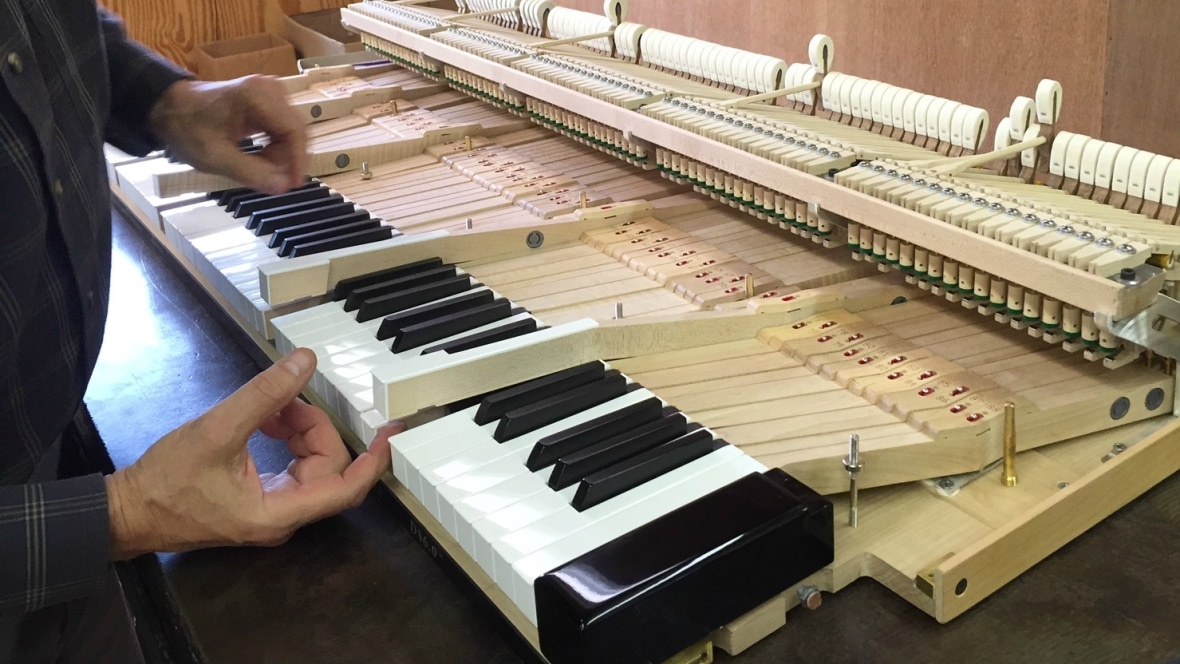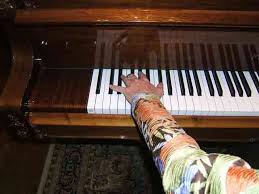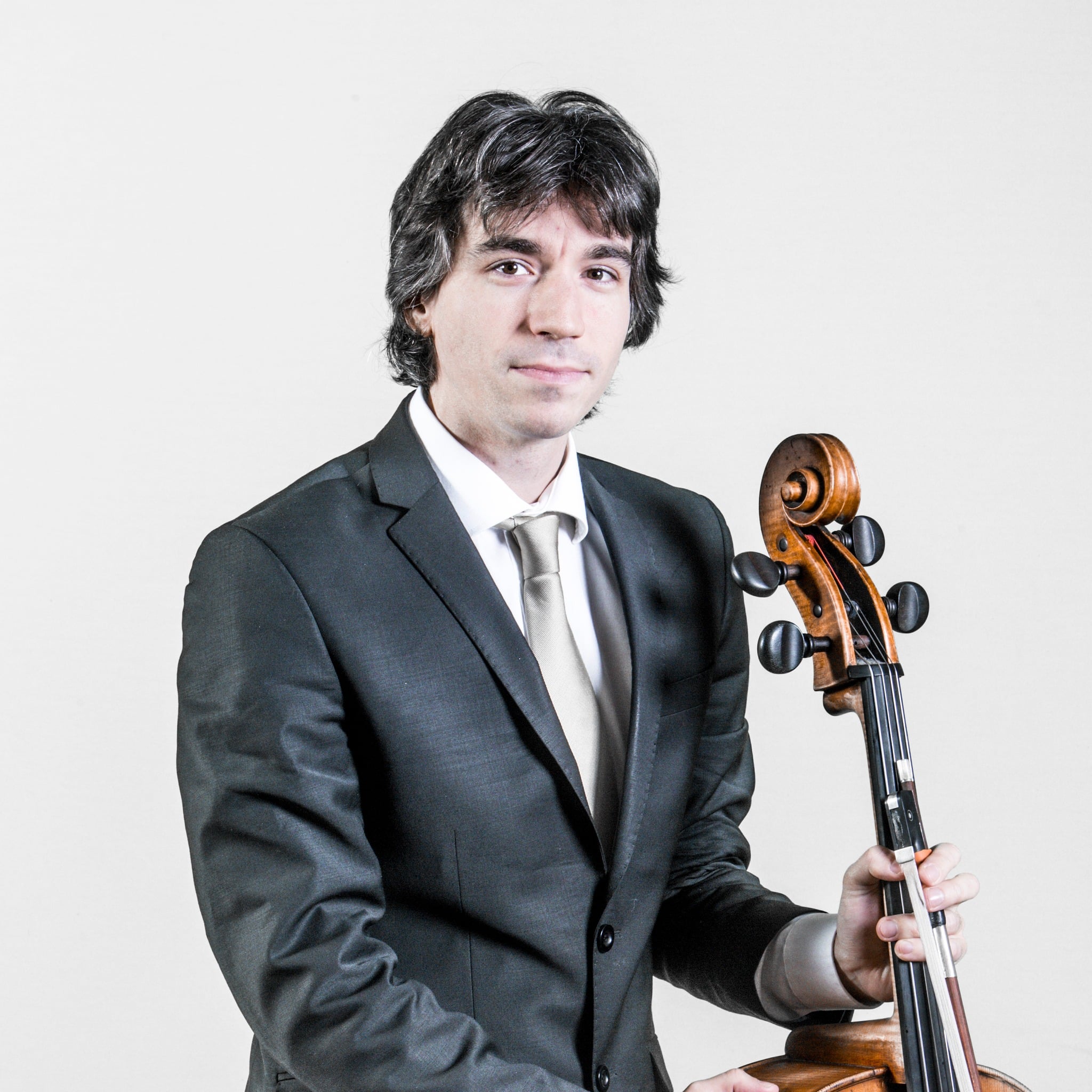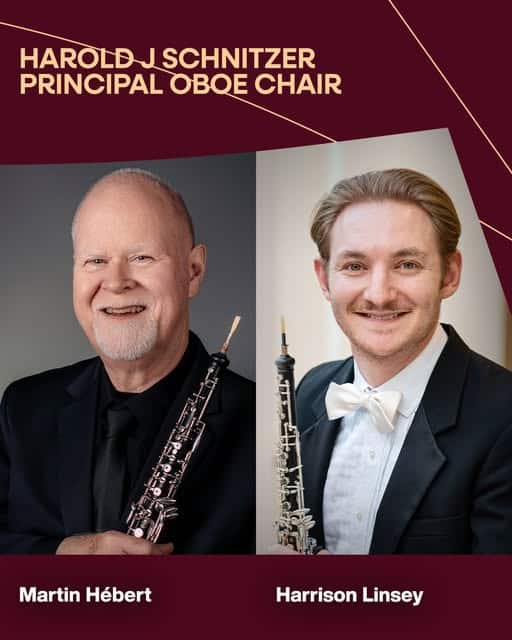This man helps pianists with small hands
mainDavid Steinbuhler builds smaller keyboards for pianists with a shorter finger span.

‘The magic for creating these smaller keyboards takes place in David Steinbuhler’s Titusville, Pennsylvania ribbon factory, a family-run business that has been around since 1897,’ writes Hugh Sung, who has interviewed David on his fascinating weekly podcast here.






Comments